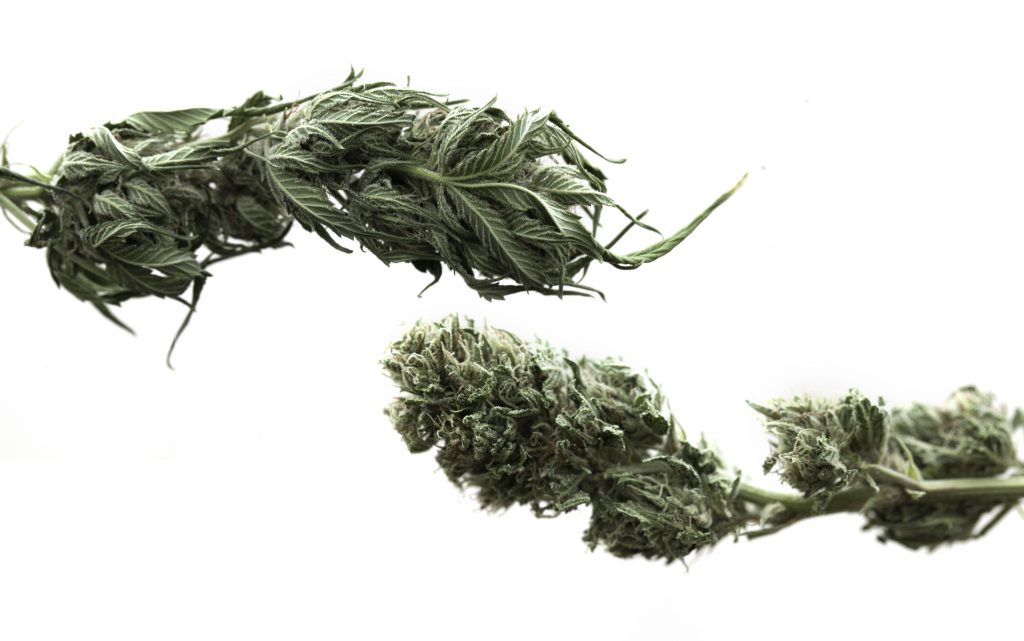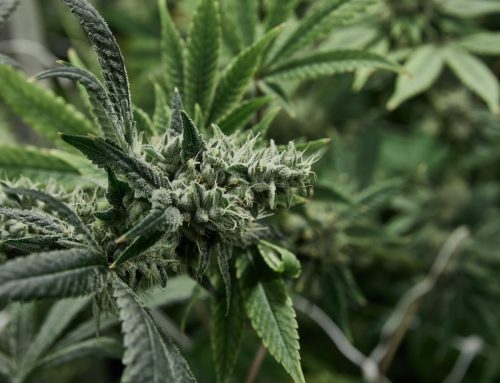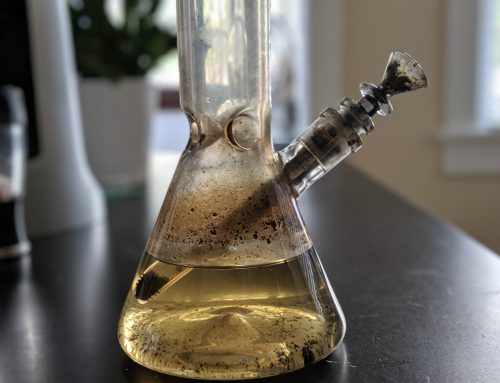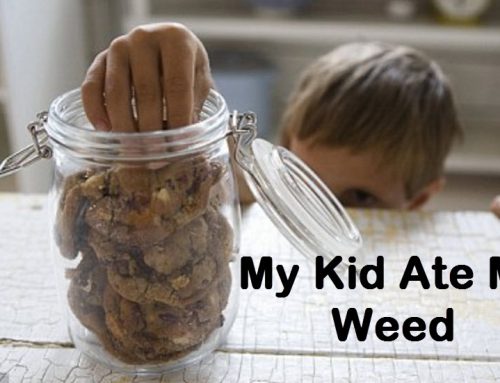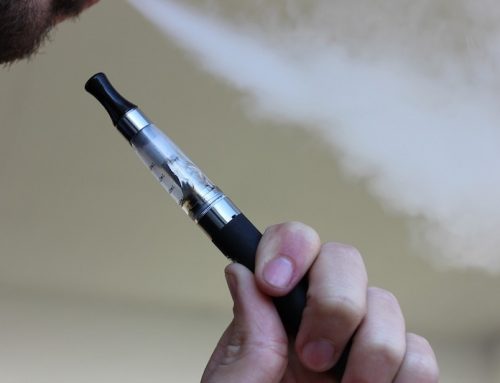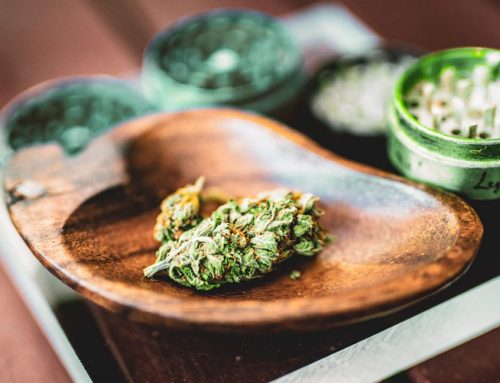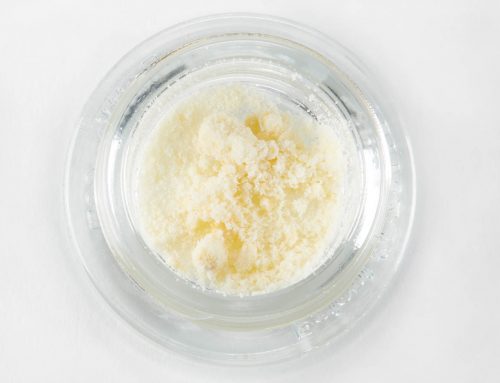Growing your own cannabis from scratch can be a uniquely rewarding experience. All that time, effort and commitment invested along the way – it’s a process that bears many similarities with parenthood. And when your babies reach full fruition, you want to ensure they’re put to use in the best possible way.
There’s no such thing as frugality when it comes to efficiently utilising weed. Instead, there’s either making the most of every scrap or being unnecessarily wasteful. Nevertheless, some will always be happy to simply rip everything that isn’t pure cannabis bud off their plants and throw it in the trash.
Unless you really do have more cannabis in your stash than you know what to do with, this is a pretty wasteful approach to say the least.
What Are Sugar Leaves?
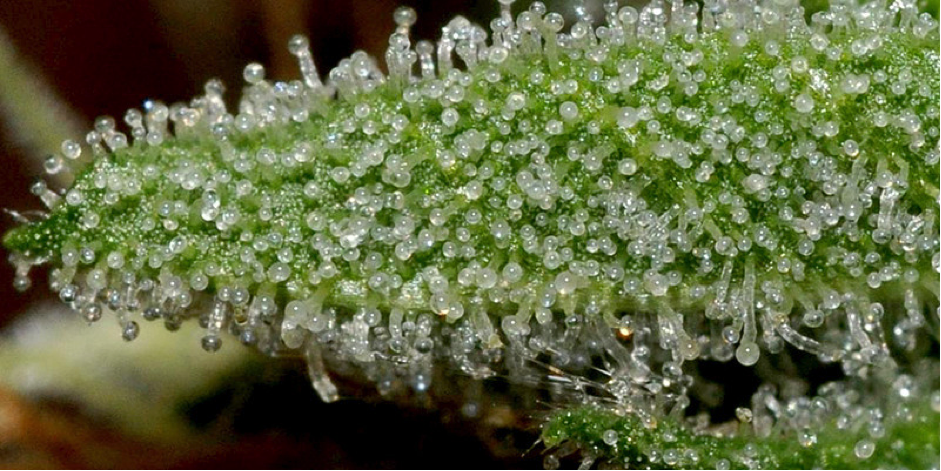
One of the most commonly asked questions among cannabis newcomers is what can and should be done with sugar leaves. If you’ve never come across the term before, sugar leaves are the comparatively tiny leaves that emerge directly from the cannabis flowers themselves. They vary in size somewhat, though are always relatively small. Their name comes from the fact that they are typically covered in a frosty coating, just like the buds themselves.
So for the most part, the debate centres on whether or not these leaves should be left as they are, or trimmed from the bud. Which is something of a dilemma for one very important reason:
The frosty coating that gives these leaves their looks and their name is actually a generous layer of trichomes, packed with THC.
Exactly how much THC appears on sugar leaves will vary significantly, in accordance with the strain and the specific plant in question. Nevertheless, it is perfectly possible for sugar leaves to have just as heavy trichome concentrations as the flowers themselves. In which case, it seems like something of a waste not to put them to good use.
Although there’s no specific rule of thumb, you often tend to get sugar leaves with more heavy concentrations of trichomes on plants with smaller cannabis flowers. By contrast, cannabis plants that produce enormous buds don’t tend to have as many frosted leaves emerging from them. Then again, there will always be notable exceptions to the rule, where size doesn’t appear to have any impact whatsoever.
Should Growers Smoke Sugar Leaves?
Of course, the most important and obvious question is that with regard to whether sugar leaves should be smoked. And if so, should they be left with the rest of the cannabis flower, or harvested and smoked separately?
The answer…well, unfortunately there’s no real consensus whatsoever on this hotly debated issue. There’s just as much support for smoking sugar leaves as there is for never smoking them under any circumstances. As such, it’s the kind of thing you might want to at least think about trying for yourself, in order to make your own opinion.
Still, there are some definite advantages and disadvantages to smoking sugar leaves, which are as follows:
Advantages of smoking sugar leaves
- Keeping all these frosted leaves attached to your cannabis flowers will leave you with a far heavier and more generous harvest.
- Not only this, but sugar leaves can be extremely attractive and make your final product look so much prettier.
- Sugar leaves can add a certain amount of protection to the rest of the cannabis flowers, during the drying process.
- It’s perfectly possible for sugar leaves to be packed with an absolutely enormous amount of THC, which for obvious reasons would be a crime to waste.
Disadvantages of smoking sugar leaves
- The biggest disadvantage of smoking sugar leaves is the way in which they produce a significantly harsher smoke. Which may in turn irritate your mouth and throat, while at the same time affecting the flavour profile of the cannabis flowers.
- In addition, sugar leaves typically tend to be significantly less potent than cannabis bud which in turn means that when mixed together, the leaves could somewhat dilute the potency of the final product.
So as you can see, there are advantages and disadvantages to take into account. Nevertheless, it’s not to say that either approach is right or wrong – it simply comes down to your own personal preferences.
Alternative Uses for Sugar Leaves
The truth is, you’ll probably want to make your own judgement, in accordance with the specifics of the plant in question. For example, if you produce a bumper crop of spectacular cannabis, where gigantic buds are flanked by largely bear sugar leaves, you might as well trim them off and get rid of them. Likewise, if your cannabis flowers are of a relatively modest size and the sugar leaves are both large and not exactly generous in terms of trichomes, it probably isn’t going to be in your best interests to mess about with them.
However, if you find yourself dealing with an abundance of fabulously frosty sugar leaves and can’t bear the thought of throwing THC down the drain, there’s no need to do anything of the sort. And it’s here that creativity and proactivity come into the equation, if you would prefer to make the most of everything your plants have to offer.
Get Cooking- Sugar Leaf Edibles
For example, you might not be aware of the fact that sugar leaves can be just as versatile, high in quality and potent as cannabis flowers for most cooking purposes. Let’s put it this way – the next time you decide to go about creating some cannabis oil or cannabutter, you might want to think about saving your premium bud for other purposes. The reason being that if you have a ton of trimming with sufficient THC to get the job done, you might as well put it to good use.
The thing to remember when working with sugar leaves is that just as long as the process involves straining the plant matter out of the product at some point, it works in exactly the same way as cannabis flowers. Which means that you can save your best buds for smoking and use what’s considered a waste product by some for cooking purposes.
Bash Out Some Hash- From Sugar Leaves to Hash
Of course, there’s also the option of extracting the THC from the sugar leaves you harvest, in order to whip up a batch of high quality hash. Once again, the fact that the most outstanding hash can be made from what’s considered a waste product is no less than remarkable. You can use exactly the same kinds of ice extraction and solvent extraction processes as you would use, if you are working with full cannabis flowers. The only difference in this instance being that everything you produce is technically a bonus.
There are literally thousands of recipes and tutorials online, demonstrating how you can turn trash into cash. Or at least, treasure for your own personal enjoyment. Whatever you decide to do with them, anything’s better than watching your time and effort go to waste for absolutely no good reason whatsoever.


